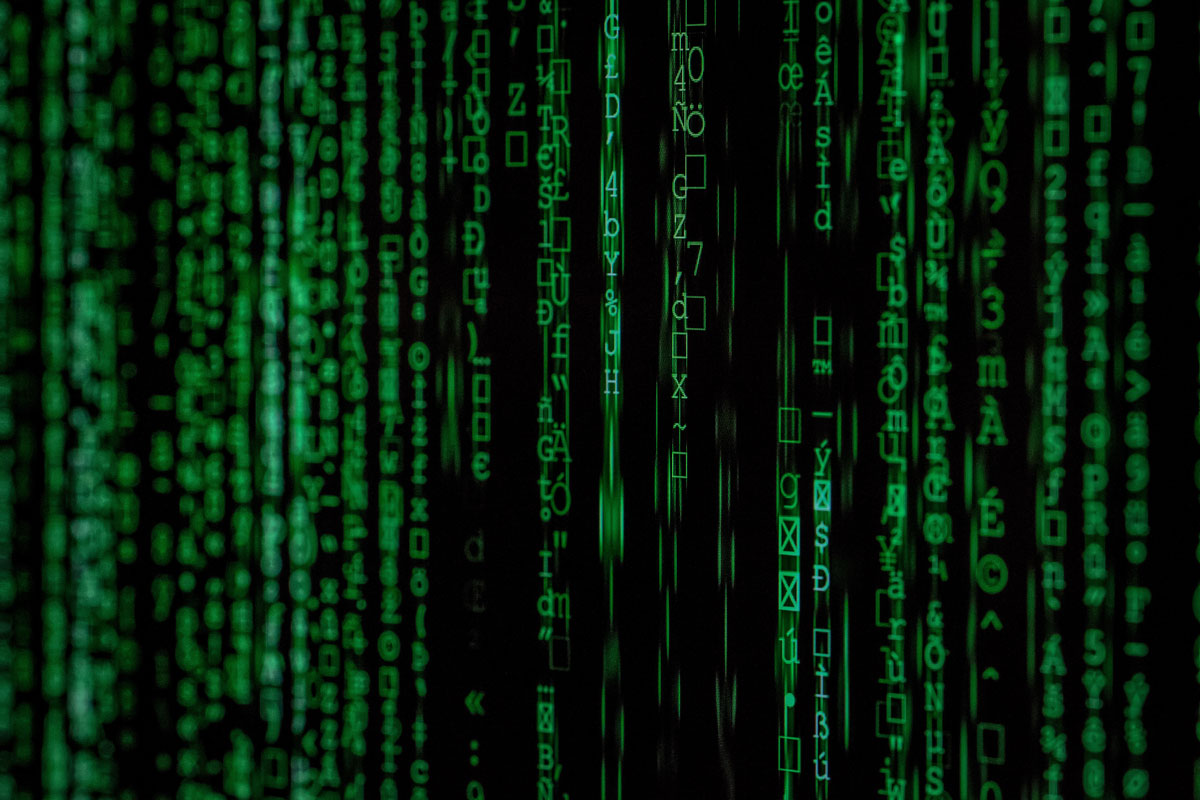Warning Signs of a Hard Drive Failure
Minor issues with files and folders and storage have their place on the list of potential computer problems that aren’t computer problems at all. They’re software problems that most of us have experienced. It’s that nagging problem of slow boot times, slow loading everything, and a running hard drive that never stops should send up red flags in your mind that tells you this time it’s serious. You’re witnessing the various stages of hard drive failure and time is not on your side. You may also consider looking into hard drive data recovery services, although they can be pricey. A short term fix is Windows or Mac disk repair, but it’s not permanent and you shouldn’t trust it. It will give you time to put some money together and buy a new hard drive as soon as possible. Also, make sure your backups are in good shape and ready to go, assuming you perform regular backups. Sometimes your hard drive might signal bad things ahead but not enough to get your attention. Read over the following list of warning signs of a hard drive failure. If any of these happen, don’t wait. The time is short! There is no sure way to know how much or how little life remains for your hard drive. Hard Drive Behavior A noisy hard drive that’s constantly running is telling you to do a manual backup immediately and prepare to buy a new drive. Suddenly, your files and folders disappear or are inaccessible. After clicking to open a file, nothing happens. A very slow computer with constant hard drive operation. Extremely long boot times. Sometimes, it never fully completed resulting in the infamous Windows blue screen, or with a Mac, the perpetually spinning beachball. Occasional error messages that become more frequent. The dreaded blue screen at Windows boot-up is a sure sign your hard drive is about to fail for good. Prepare Ahead of Time Owning a computer requires some planning for the inevitable hard drive replacement. Hard drive prices and capacities vary, so put some money away for the day when it happens. A major step to avoid disaster before a drive failure is to have current backups of everything on your current drive. With your new drive installed, it’s a simple matter of downloading the backup and setting up apps, files, and folders to make everything familiar. Data loss won’t be a concern, and you’ll enjoy the refreshing feeling of a fast computer once again.

